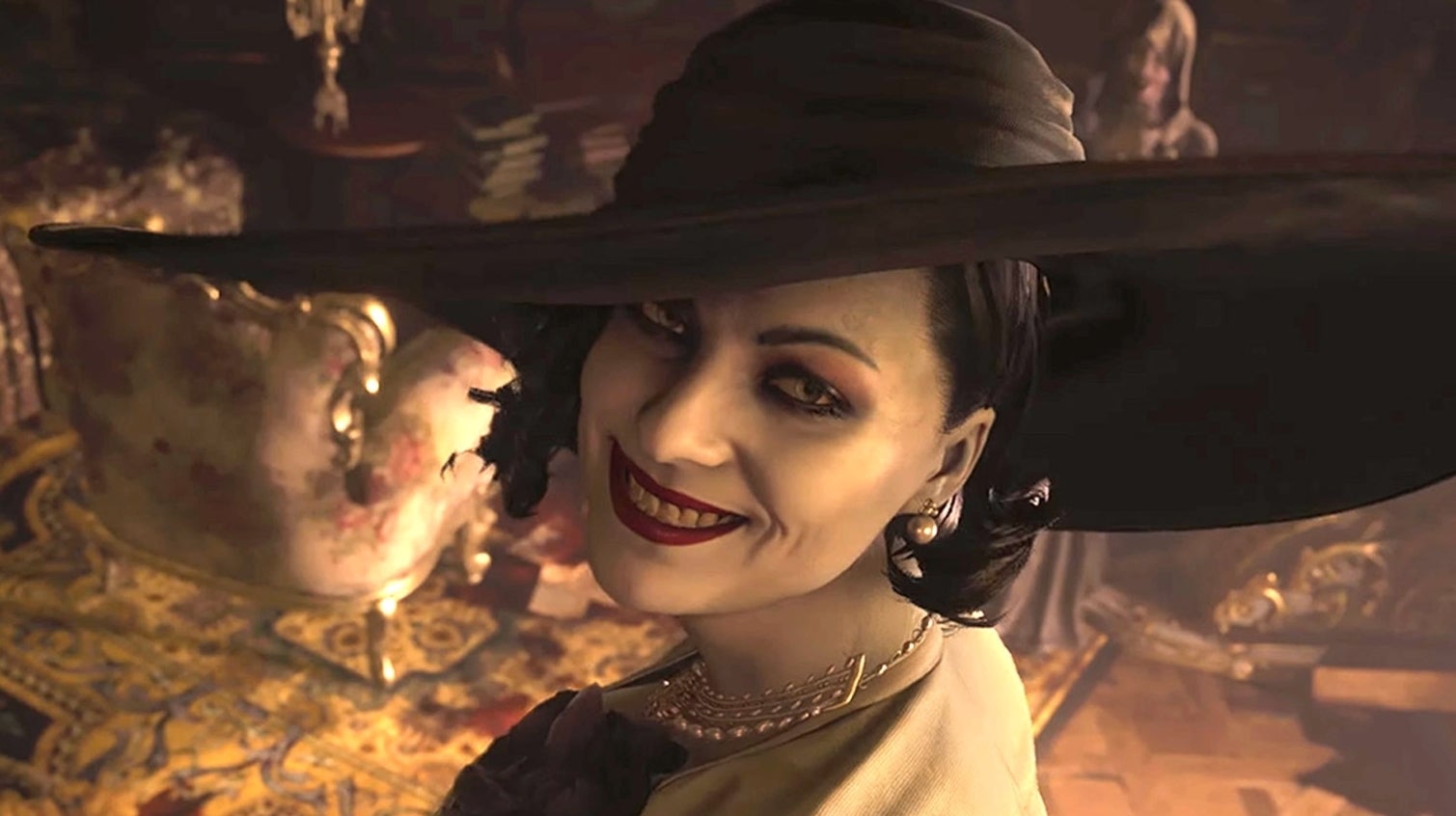We loved Resident Evil Village on consoles, but unfortunately, my opinion of the PC port isn’t quite so positive. On the one hand, I love what the RE Engine is doing technologically and the game itself is fantastic, but on the other hand, I’m genuinely puzzled and disappointed by some of the design choices, bugs, glitches and performance problems. This conversion really isn’t where it should be right now.
It starts with the game’s menu system and settings which are both excellent and awkward at the same time. In terms of features, the graphical options are great: there’s plenty to tweak, along with preview imagery showing you what the settings actually do and some rough idea of the performance implications. The problem comes in how the user navigates through the menu. Scrolling through the options is so, so slow and while keyboard works, you can’t actually leave a sub-menu without pressing the right-button on the mouse (and no, ESC doesn’t work). It’s all counter-intuitive to the point where remarkably, menu navigation is actually a lot, lot quicker using a controller.
I’ve also got issues with the graphical presets themselves. To begin with, I was excited to see support for Tier 2 Variable Rate Shading (VRS) – which looks so good in Gears 5 and Wolfenstein Youngblood, and effectively gives you free performance with no perceivable visual drawbacks. AMD’s FidelityFX implementation is used here and it’s immediately obvious that something has gone badly wrong with it. Detail is lost and you don’t need to eyeball screenshots or zoom in at 400 per cent to see the issue. The fact it’s the AMD implementation is doubly disappointing: you’d expect a standardised solution from the vendor to produce good results but that’s not happening here. It really needs to be looked at and fixed.
Ray tracing is integrated more effectively, but its implementation still leaves me perplexed and wanting more. RT support consists of both ray traced specular reflections and diffuse local bounce lighting from local light sources – or indeed the sun. The GI replaces screen-space ambient occlusion and looks so much better than either the standard SSAO or indeed AMD’s FidelityFX CACAO, as you’ll see in the embedded video. However, put simply, opting for RT gets more realistic lighting and actual directional shadows. There are problems though: even at the highest settings, RT runs at quarter screen resolution with no option to go higher. It’s better than consoles, but could be so much more. A low ray count can also produce some grainy side-effects in some scenarios while strange-looking light leakage also looks odd.
